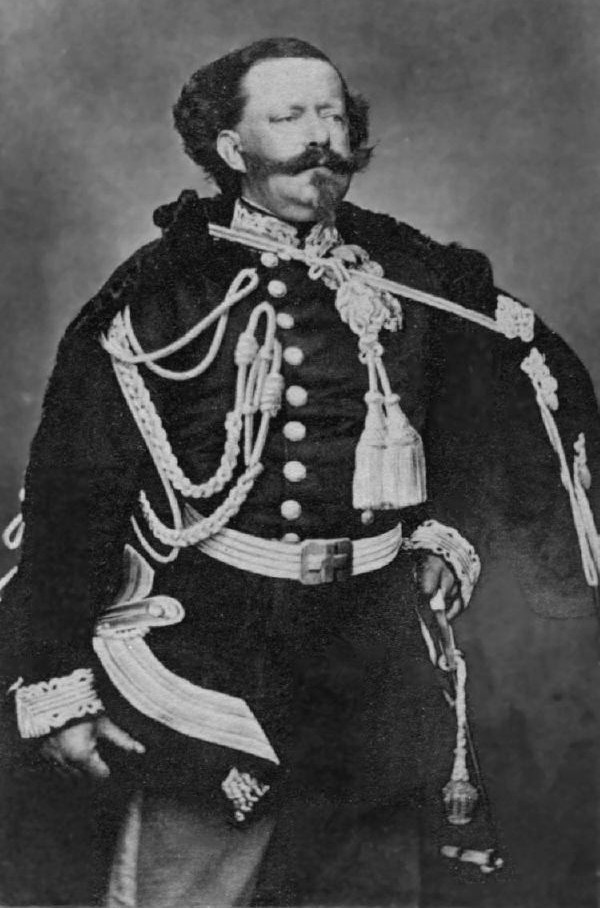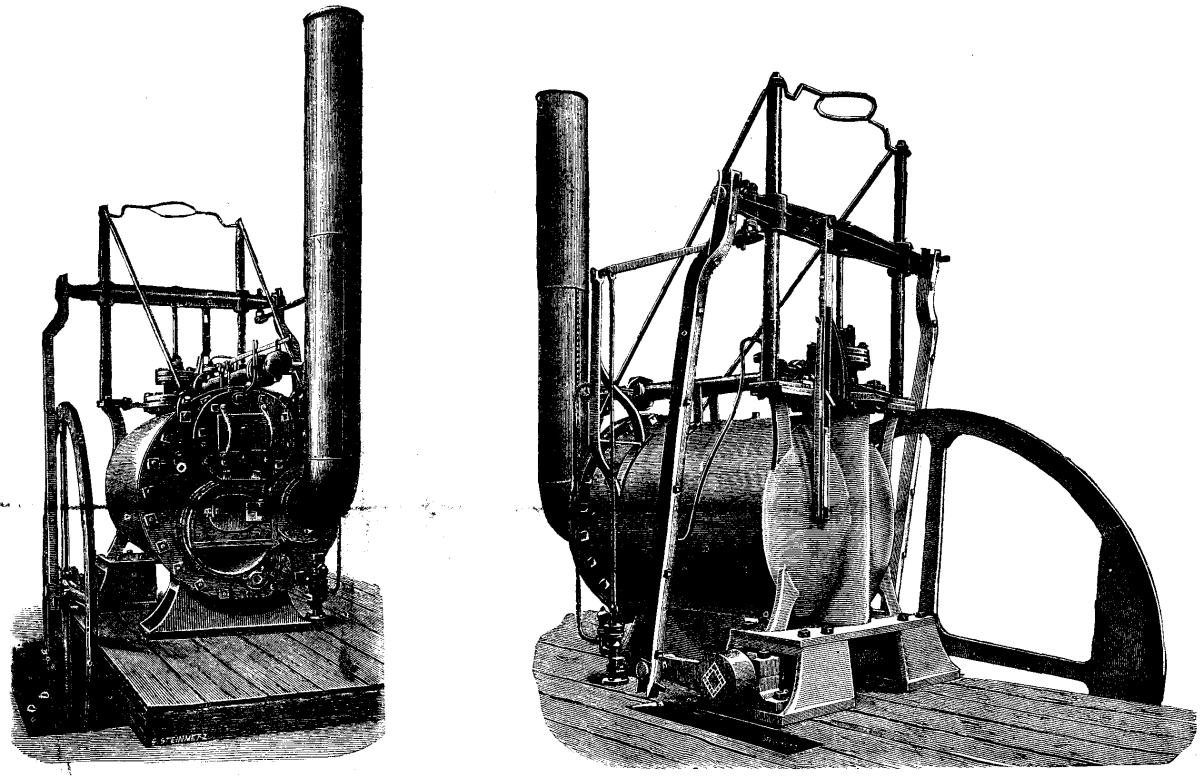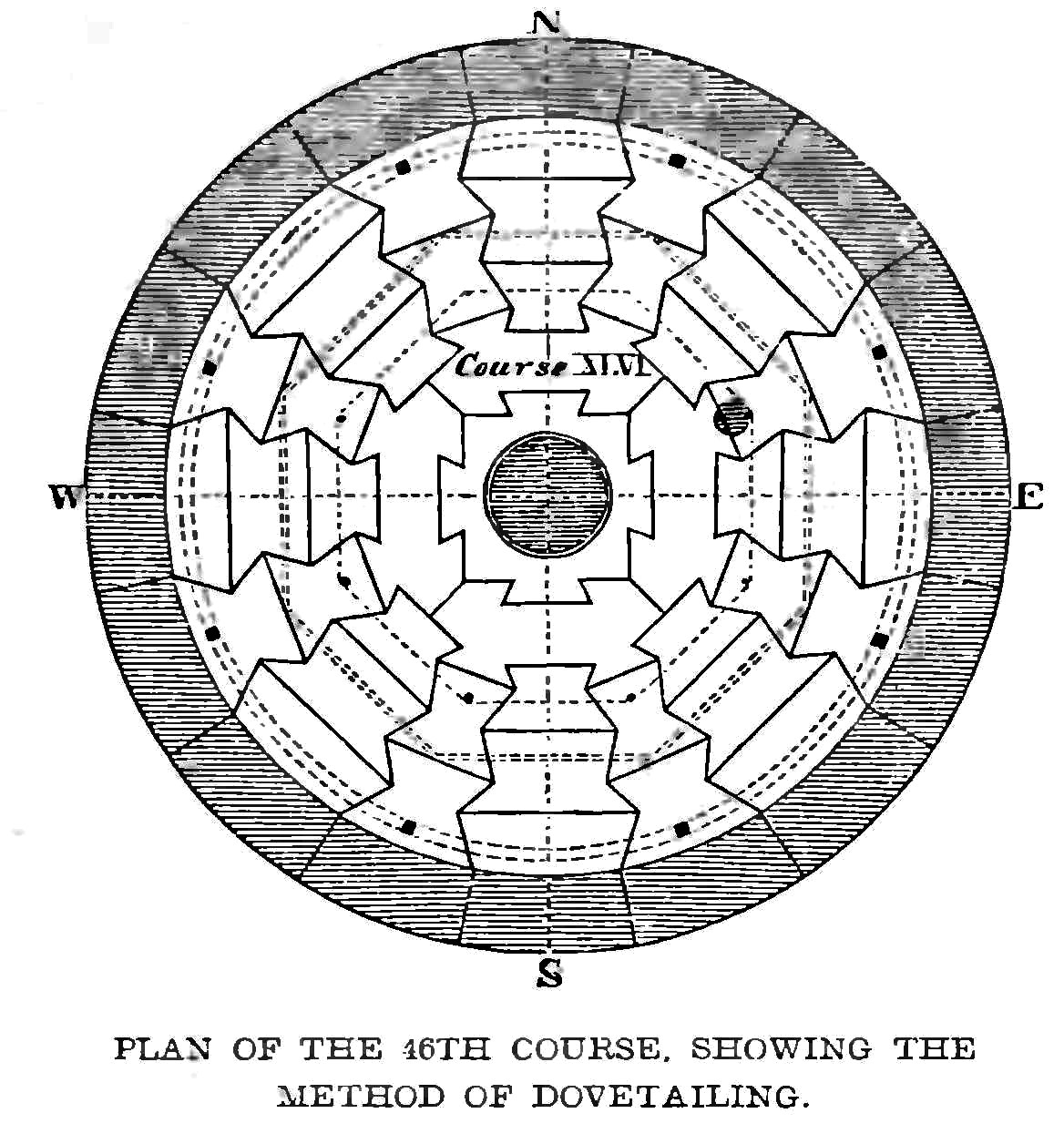|
GWR Victoria Class
The Great Western Railway Victoria Class were broad gauge steam locomotives for passenger train work. This class was introduced into service in two batches between August 1856 and May 1864. They were all withdrawn between 1876 and December 1880. The first eight locomotives were named after ruling heads of state, but the remaining locomotives received the names of famous engineers, starting with the railway's own Isambard Kingdom Brunel. This theme was continued with the GWR Hawthorn Class, Hawthorn Class that followed. Locomotives * ''Abdul Medjid'' (1856 - 1877) :This locomotive was named after Abdul Medjid of Turkey. * ''Alexander'' (1856 - 1878) :This locomotive was named in honour of Alexander II of Russia. * ''Brindley'' (1863 - 1879) :This locomotive was named after James Brindley, the first canal builder. * ''Brunel'' (1863 - 1879) :This locomotive worked the last broad gauge train in Wales on 11 May 1872. It was named after the Great Western Railway's much respected eng ... [...More Info...] [...Related Items...] OR: [Wikipedia] [Google] [Baidu] |
Bore (engine)
In a piston engine, the bore (or cylinder bore) is the diameter of each cylinder. Engine displacement is calculated based on bore, stroke length and the number of cylinders: displacement = The stroke ratio, determined by dividing the bore by the stroke, traditionally indicated whether an engine was designed for power at high engine speeds ( rpm) or torque at lower engine speeds. The term "bore" can also be applied to the bore of a locomotive cylinder or steam engine pistons. Steam locomotive The term bore also applies to the cylinder of a steam locomotive or steam engine. See also * Bore pitch * Compression ratio * Engine displacement Engine displacement is the measure of the cylinder volume swept by all of the pistons of a piston engine, excluding the combustion chambers. It is commonly used as an expression of an engine's size, and by extension as a loose indicator of t ... References {{Steam engine configurations Engine technology ... [...More Info...] [...Related Items...] OR: [Wikipedia] [Google] [Baidu] |
Oscar I Of Sweden
Oscar I (born Joseph François Oscar Bernadotte; 4 July 1799 – 8 July 1859) was King of Sweden and Norway from 8 March 1844 until his death. He was the second monarch of the House of Bernadotte. The only child of King Charles XIV John, Oscar inherited the thrones upon the death of his father. Throughout his reign he would pursue a liberal course in politics in contrast to Charles XIV John, instituting reforms and improving ties between Sweden and Norway. In an address to him in 1857, the Riksdag declared that he had promoted the material prosperity of the kingdom more than any of his predecessors. Early life and family Oscar was born at 291 Rue Cisalpine in Paris (today: 32 Rue Monceau) to Jean-Baptiste Jules Bernadotte, then-French Minister of War and later Marshal of the Empire and Sovereign Prince of Pontecorvo, and Désirée Clary, Napoleon Bonaparte's former fiancée. He was named ''Joseph'' after his godfather Joseph Bonaparte, who was married to his mother's elder s ... [...More Info...] [...Related Items...] OR: [Wikipedia] [Google] [Baidu] |
Great Western Railway Locomotives
Great may refer to: Descriptions or measurements * Great, a relative measurement in physical space, see Size Size in general is the Magnitude (mathematics), magnitude or dimensions of a thing. More specifically, ''geometrical size'' (or ''spatial size'') can refer to linear dimensions (length, width, height, diameter, perimeter), area, or volume ... * Greatness, being divine, majestic, superior, majestic, or transcendent People * List of people known as "the Great" * Artel Great (born 1981), American actor Other uses * ''Great'' (1975 film), a British animated short about Isambard Kingdom Brunel * ''Great'' (2013 film), a German short film * Great (supermarket), a supermarket in Hong Kong * GReAT, Graph Rewriting and Transformation, a Model Transformation Language * Gang Resistance Education and Training, or GREAT, a school-based and police officer-instructed program * Global Research and Analysis Team (GReAT), a cybersecurity team at Kaspersky Lab *'' Great!'' ... [...More Info...] [...Related Items...] OR: [Wikipedia] [Google] [Baidu] |
James Watt
James Watt (; 30 January 1736 (19 January 1736 Old Style and New Style dates, OS) – 25 August 1819) was a Scottish people, Scottish invention, inventor, mechanical engineer, and chemist who improved on Thomas Newcomen's 1712 Newcomen steam engine with his Watt steam engine in 1776, which was fundamental to the changes brought by the Industrial Revolution in both his native Great Britain and the rest of the world. While working as an instrument maker at the University of Glasgow, Watt became interested in the technology of steam engines. He realised that contemporary engine designs wasted a great deal of energy by repeatedly cooling and reheating the cylinder (engine), cylinder. Watt introduced a design enhancement, the Watt steam engine#Separate condenser, separate condenser, which avoided this waste of energy and radically improved the power, efficiency, and cost-effectiveness of steam engines. Eventually, he rotative beam engine, adapted his engine to produce rotary motio ... [...More Info...] [...Related Items...] OR: [Wikipedia] [Google] [Baidu] |
Victoria Of The United Kingdom
Victoria (Alexandrina Victoria; 24 May 1819 – 22 January 1901) was Queen of the United Kingdom of Great Britain and Ireland from 20 June 1837 until her death in 1901. Her reign of 63 years and 216 days was longer than that of any previous British monarch and is known as the Victorian era. It was a period of industrial, political, scientific, and military change within the United Kingdom, and was marked by a great expansion of the British Empire. In 1876, the British Parliament voted to grant her the additional title of Empress of India. Victoria was the daughter of Prince Edward, Duke of Kent and Strathearn (the fourth son of King George III), and Princess Victoria of Saxe-Coburg-Saalfeld. After the deaths of her father and grandfather in 1820, she was raised under close supervision by her mother and her comptroller, John Conroy. She inherited the throne aged 18 after her father's three elder brothers died without surviving legitimate issue. Victoria, a constituti ... [...More Info...] [...Related Items...] OR: [Wikipedia] [Google] [Baidu] |
Weymouth Railway Station
Weymouth railway station is the main railway station serving the town of Weymouth, Dorset, England (the other being Upwey station which is located north of the town centre). The station is the southern terminus of both the South West Main Line, down the line from , and the Heart of Wessex Line from and , from . History The Wilts, Somerset and Weymouth Railway, which was authorised in 1845, was built in stages (during which the company was absorbed in 1850 by the Great Western Railway). Two of the last sections, from to Weymouth and a connecting curve from that line to the Dorchester station of the London and South Western Railway (LSWR), were opened on 20 January 1857. The LSWR was granted running powers from Dorchester to Weymouth, where some of the platforms were dedicated for LSWR use; these powers were exercised from the opening day. The station was named ''Weymouth'', although some timetables showed it as ''Weymouth Town''. Branches to Portland and Weymouth Quay (both ... [...More Info...] [...Related Items...] OR: [Wikipedia] [Google] [Baidu] |
Victor Emmanuel II Of Italy
en, Victor Emmanuel Maria Albert Eugene Ferdinand Thomas , house = Savoy , father = Charles Albert of Sardinia , mother = Maria Theresa of Austria , religion = Roman Catholicism , image_size = 252px , succession1 = King of Sardinia and Duke of Savoy , reign1 = 23 March 1849 – 17 March 1861 , predecessor1 = Charles Albert , reg-type1 = , regent1 = , signature = Signatur Viktor Emanuel II..PNG Victor Emmanuel II ( it, Vittorio Emanuele II; full name: ''Vittorio Emanuele Maria Alberto Eugenio Ferdinando Tommaso di Savoia''; 14 March 1820 – 9 January 1878) was King of Sardinia from 1849 until 17 March 1861, when he assumed the title of King of Italy and became the first king of an independent, united Italy since the 6th century, a title he held until his death in 1878. Borrowing from the old Latin title '' Pater Patriae'' of the Roman emperors, the Italians gave him the epithet of ''Father of the Fatherland'' ( it, Pad ... [...More Info...] [...Related Items...] OR: [Wikipedia] [Google] [Baidu] |
Richard Trevithick
Richard Trevithick (13 April 1771 – 22 April 1833) was a British inventor and mining engineer. The son of a mining captain, and born in the mining heartland of Cornwall, Trevithick was immersed in mining and engineering from an early age. He was an early pioneer of steam-powered road and rail transport, and his most significant contributions were the development of the first high-pressure steam engine and the first working railway steam locomotive. The world's first locomotive-hauled railway journey took place on 21 February 1804, when Trevithick's unnamed steam locomotive hauled a train along the tramway of the Penydarren Ironworks, in Merthyr Tydfil, Wales. Turning his interests abroad Trevithick also worked as a mining consultant in Peru and later explored parts of Costa Rica. Throughout his professional career he went through many ups and downs and at one point faced financial ruin, also suffering from the strong rivalry of many mining and steam engineers of the day. ... [...More Info...] [...Related Items...] OR: [Wikipedia] [Google] [Baidu] |
Thomas Telford
Thomas Telford FRS, FRSE, (9 August 1757 – 2 September 1834) was a Scottish civil engineer. After establishing himself as an engineer of road and canal projects in Shropshire, he designed numerous infrastructure projects in his native Scotland, as well as harbours and tunnels. Such was his reputation as a prolific designer of highways and related bridges, he was dubbed ''The Colossus of Roads'' (a pun on the Colossus of Rhodes), and, reflecting his command of all types of civil engineering in the early 19th century, he was elected as the first President of the Institution of Civil Engineers, a post he held for 14 years until his death. The town of Telford in Shropshire was named after him. Early career Telford was born on 9 August 1757, at Glendinning, a hill farm east of Eskdalemuir Kirk, in the rural parish of Westerkirk, in Eskdale, Dumfriesshire. His father John Telford, a shepherd, died soon after Thomas was born. Thomas was raised in poverty by his mother Janet Jac ... [...More Info...] [...Related Items...] OR: [Wikipedia] [Google] [Baidu] |
Robert Stephenson
Robert Stephenson FRS HFRSE FRSA DCL (16 October 1803 – 12 October 1859) was an English civil engineer and designer of locomotives. The only son of George Stephenson, the "Father of Railways", he built on the achievements of his father. Robert has been called the greatest engineer of the 19th century. Life Robert was born in Willington Quay near Wallsend, Northumberland, the son of George Stephenson and his wife, Frances Henderson. The family moved to Killingworth, where Robert was taught at the local village school. Robert attended the middle-class Percy Street Academy in Newcastle and at the age of fifteen was apprenticed to the mining engineer Nicholas Wood. He left before he had completed his three years to help his father survey the Stockton and Darlington Railway. Robert spent six months at Edinburgh University before working for three years as a mining engineer in Colombia. When he returned his father was building the Liverpool and Manchester Railway, and Robe ... [...More Info...] [...Related Items...] OR: [Wikipedia] [Google] [Baidu] |
John Smeaton
John Smeaton (8 June 1724 – 28 October 1792) was a British civil engineer responsible for the design of bridges, canals, harbours and lighthouses. He was also a capable mechanical engineer and an eminent physicist. Smeaton was the first self-proclaimed "civil engineer", and is often regarded as the "father of civil engineering".Mark Denny (2007). "Ingenium: Five Machines That Changed the World". p. 34. JHU Press. He pioneered the use of hydraulic lime in concrete, using pebbles and powdered brick as aggregate. Smeaton was associated with the Lunar Society. Law and physics Smeaton was born in Austhorpe, Leeds, England. After studying at Leeds Grammar School he joined his father's law firm, but left to become a mathematical instrument maker (working with Henry Hindley), developing, among other instruments, a pyrometer to study material expansion. In 1750, his premises were in the Great Turnstile in Holborn. He was elected a Fellow of the Royal Society in 1753 and ... [...More Info...] [...Related Items...] OR: [Wikipedia] [Google] [Baidu] |



_Station%2C_with_an_express_to_Waterloo_geograph-2635809-by-Ben-Brooksbank.jpg)


.jpg)

